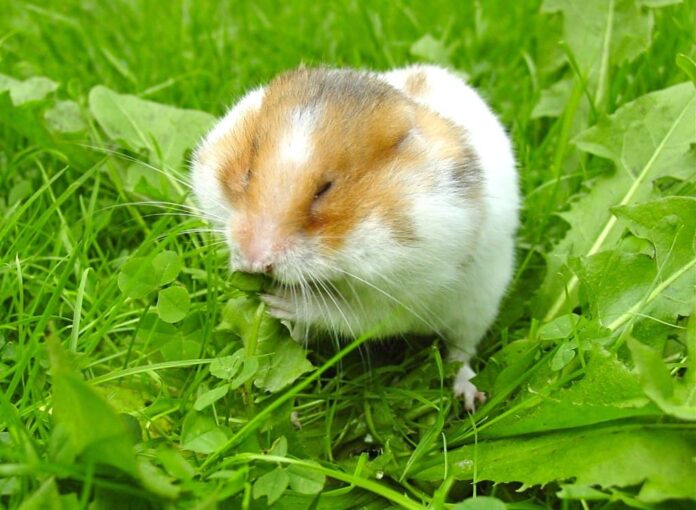Cheek pouches are pockets on both sides of an animal’s face, between the cheek and jaw. These cheek pouches function as an extra space for them to store food that they find and bring to their home. The face pockets of some animals are so large they can reach the size of the animal’s body when full. Want to know what those animals with these special pouches are? Let’s take a look and find out below with me.
1Chipmunk
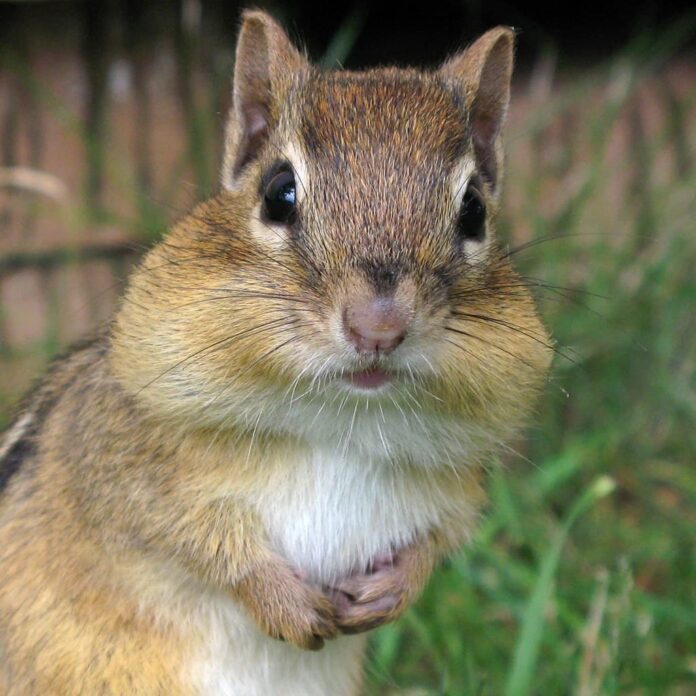
Cheek pouches are one of the features that stand out in chipmunks, and these food pouches are very important. Those cheeks can stretch 3 times larger than their heads, providing so much storage space for food that they gather. Chipmunks are omnivores, so they eat pretty much anything from fruit and grains to bird eggs, insects, and more. Every time they go out to find food, they always bring back some more to their home using face pouches. These tiny squirrels hibernate, but they don’t store fat and go to sleep until winter is over like most animals. Instead, they spend summer collecting food to eat as they stay in throughout the cold months when food is scarce.
2Hamster
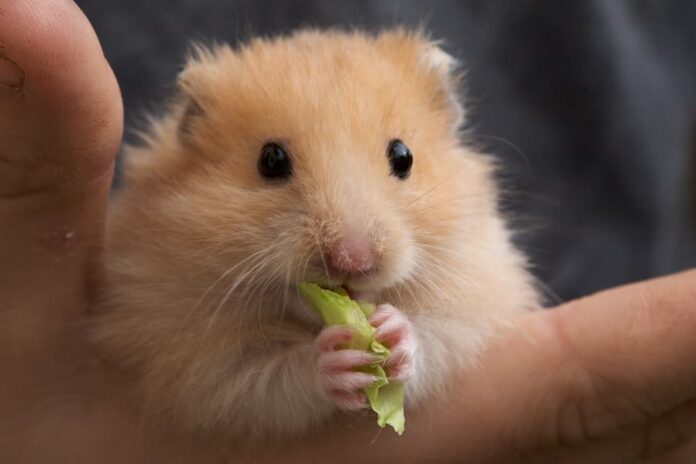
All hamsters have cheek pouches, and those pouches are extremely elastic as they expand to triple their size like chipmunk’s. In fact, those pouches can stretch all the way back to the hamster’s shoulders. Normally, these adorable rodents use their face pockets to temporarily store food as well as bed materials. This allows them to carry those essential items from one place to another with ease. Because hamsters are food collectors, those pockets are very helpful for them, especially in the wild. With so much storage space, a hamster can bring back food to their burrows on a single journey. Female hamsters can even carry or hide their babies in those cheek pouches as well.
3Koala
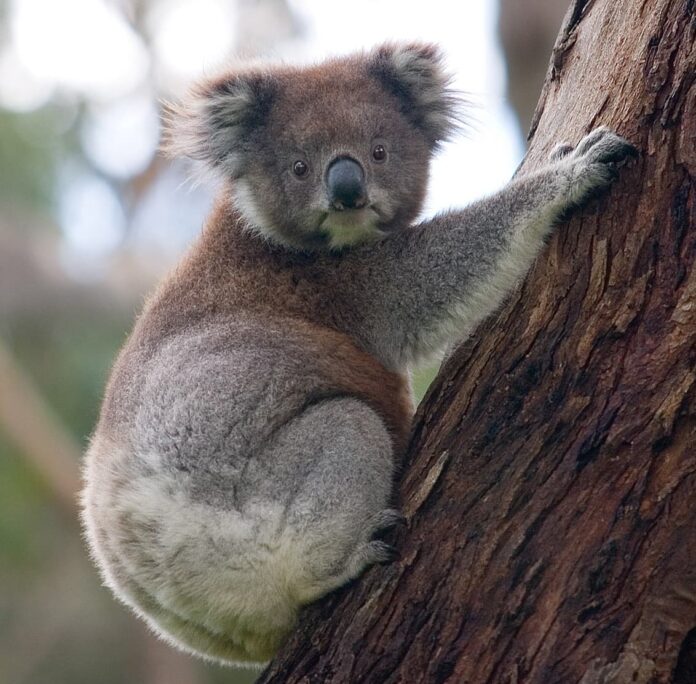
Native to Australia, koalas are also one of the animals with cheek pouches. These cuddly fluffs have trees that they live in and trees that they consider as feeding trees. The awesome thing about koalas is that they don’t have just 2 but 3 pouches in total. Koalas feed on eucalyptus leaves, and these marsupials use their cheek pouches to store unchewed eucalyptus leaves for later. Another pouch is located towards the bottom of their bodies, opening outward which is different from a kangaroo pouch. This body pouch is where the young stay until it fully develops, and the unique location is to prevent the joey from falling out.
4Monkey
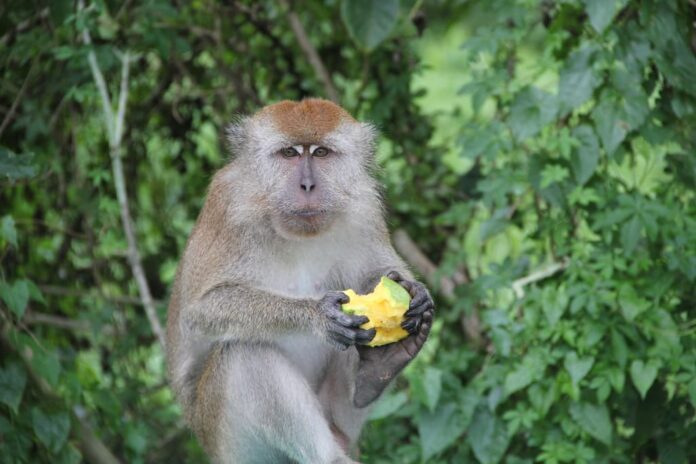
Only the Old World monkeys have cheek pouches, and neither apes nor New World monkeys have this feature. Just like most animals, monkeys use their face pouches to stash food and keep it for later. Sometimes monkeys would steal from one another, and the pouches allow them to safely store the food that they found. Once they find a safe place to eat, the monkey then takes out the food and consumes it without sharing it with others.
5Platypus
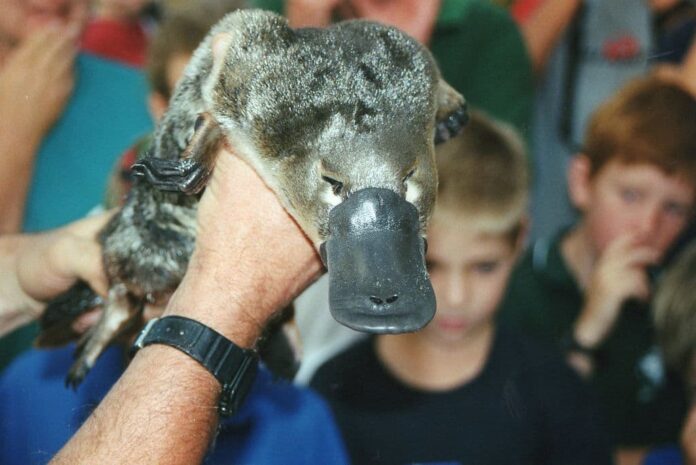
This monotreme animal is a bit of everything, and one of its interesting features is the food pouches. The unique thing is that the pouches are directly in the back of their bills instead of in their cheeks. Platypus forages for food at the bottom of the lake or river, and it does not eat underwater. So they simply store food that they find such as larvae, shellfish, shrimps, snails, and worms inside the pouches. When a platypus gets to the water surface, it simply eats what they store inside of its pouches.
6Pocket Gopher
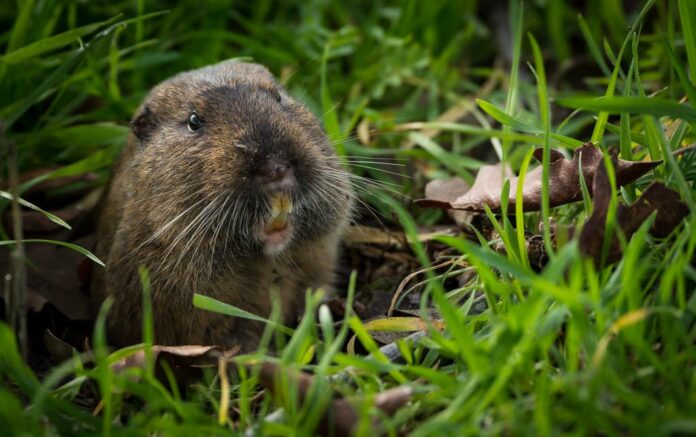
While most animals have their cheek pouches inside their mouth, pocket gophers have the opposite. The cheek pouches of these rodents are on the outside of their mouth, and those are for food storing purposes. This peculiar pocket placement is to allow the animals to chew large roots, soil, and things underground without affecting the food. Their food pockets extend from their face to their shoulders, and they can be everted for cleaning. Pocket gophers fill their fur-lined cheek pouches with vegetation and other things as they forage. Then they will come back to their burrow, where they spend 90% of their life, to consume the food.
7Squirrel
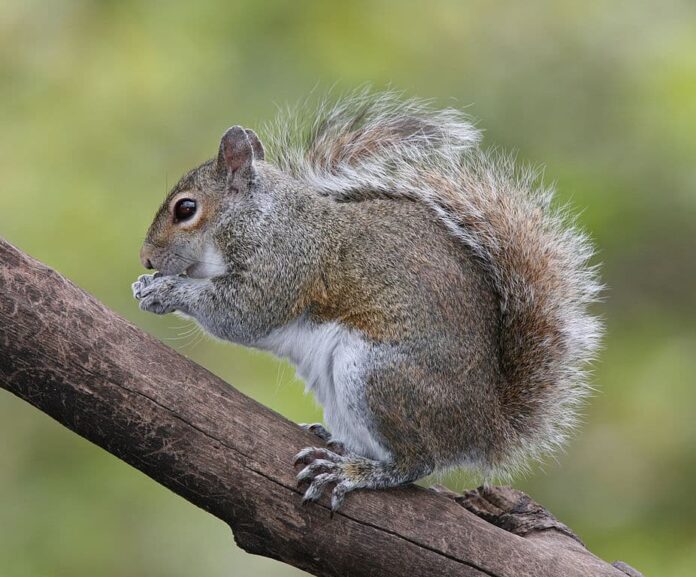
Ground squirrels, to be exact, are another member of the squirrel family besides chipmunks. Just like their relatives, these cheeky omnivores have roomy cheek pouches that function as extra bags for food storage. Sometimes squirrels stuff in away too many nuts their faces become so big which is quite adorable to look at. Because those face pockets are so large when fully stored, there is a muscle that helps the squirrels to empty them. That way, the squirrels won’t experience problems such as difficulty in taking out the food at all. The more food that they can find, the more food they have for winter because that is when food is scarce.
Fact: African ground squirrels, flying squirrels, and tree squirrels do not have cheek pouches.
Related Post: Animals With Never-Stop-Growing Teeth

